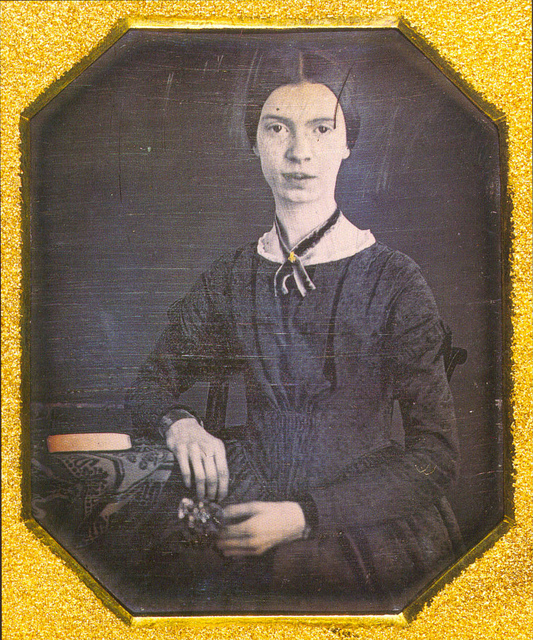Languages are wonderful devices that have their own nuances that add to a poem’s depth. Rather than learn several different languages to enjoy the works of international poets, professionals translate them. While translations allow you get a general idea of what a poet communicates, they often don’t capture a poem’s true essence. By being aware of how translations change a work, as well as cultural considerations, you can derive a deeper meaning from the words on the page.
How Translations Change Poems
Missing Linguistic Equivalents
Every culture uses phrases that don’t make sense when directly translated into another language. In Spanish, for example, the phrase, “Nada que ver,” directly translates to, “Nothing to see.” In reality, the phrase means that one idea or circumstance has nothing to do with another (e.g., Missing lunch had nothing to do with getting a flat tire). If a translator is not aware of the linguistic nuances and its equivalents, a reader will not grasp the full meaning of a poem.
Linguistic Evolution
All languages evolve. This evolution gives birth to new languages. It sparks cultural revolutions and introduces one society to another.
When speaking English, individuals no longer say “thy,” “where for art thou,” and other phrases unless they’re intentionally using old English. If you don’t know what these phrases mean, it might be hard to understand Shakespearean works. Similarly, when modern interpreters translate ancient works and fail to account for the historical context of a poet’s words, the true meaning of the words might get lost.
Translator Inference
When translators interpret poetry, they change the words into something that they’re not so another audience can appreciate them. This makes the audience dependent on the translator’s understanding and knowledge of the poem, the poem’s original language, and the target language. If a translator lacks in any of these areas, the interpretation will not be as exact or faithful to original work. It becomes the translator’s poem, not what you necessarily intended to read.
Voice
A good translation maintains the original poet’s voice. Translators must choose words wisely to interpret and shape the text, and remain true to its rhythm, tone, logic, imagery and aesthetics. In this respect, a good translator must be as equally artistic as the poet is.
Cultural Considerations When Reading Translated Poems
Poets reference the world around them, making poems a means of cultural enrichment. A reader might not understand the significance of tin flatware or plain chipware in Gwendolyn Brooks’ The Bean Eaters, for instance, if they’re not familiar with household items that lower class Americans used in the 1960s.
Translating poetry is a subjective activity in which the professional is restrained by cultural and social factors. Professionals must understand the values, rules, attitudes, history and beliefs of the poet’s culture. They must understand how the poet felt and how the new audience will feel, as well as identify common cultural experiences and functional equivalents.
Culture-specific references in poetry include those about the names of places, foods, drinks, national pastimes, education, politics, art, history, legal systems, institutions, animals and religions. A translator must understand their significance when examining metaphors and allusions.
Grammar, gender and syntax are other important considerations when interpreting poetry. English is a gender-neutral language, while many other languages identify words as masculine or feminine. It also uses pronouns and punctuation marks differently than other languages. A translator must understand how the different grammatical elements in a work apply to a poem to provide an effective translation.
Examples of Famous Translated Works
Always
By Pablo Neruda
I am not jealous
of what came before me.
Come with a man on your shoulders,
come with a hundred men in your hair,
come with a thousand men
between your breasts and your feet.
Come like a river full of drowned men
which flows down to the wild sea,
to the eternal surf, to Time!
Bring them all to where I am waiting for you;
We shall always be alone,
we shall always be you and I,
alone on earth to start our life!
Dance
By Rumi
Dance when you’re broken open.
Dance when you’ve torn the bandage off.
Dance in the middle of fighting.
Dance in your blood.
Dance when you’re perfectly free.
To a Creole Lady
By Charles Baudelaire
Translation I:
In scented countries by the sun caressed
I’ve known, beneath a tent of purple boughs,
and palm trees shedding slumber as they drowse,
a creole lady with a charm unguessed.
She’s pale, and warm, and duskily beguiling;
Nobility is moulded in her neck;
Slender and tall she holds herself in check,
an huntress born, sure-eyed, and quiet-smiling.
Should you go, Madam, to the land of glory
along the Seine or Loire, where you would merit
to ornament some mansion famed in story,
Your eyes would bum in those deep-shaded parts,
and breed a thousand rhymes in poets’ hearts,
tamed like the negro slaves that you inherit.
Translation II:
I met, among the amber tamarinds
and lotus leaves, blue seas and empty space,
down on a sun-touched island’s scented sands,
a lady whose great charm seemed out of place.
Black hair, enchanting eyes and olive skin,
a bearing of aristocratic grace –
the long-limbed, slim young huntress, wild Diane,
with quiet self-assurance on her face.
Madam, if you should visit Glory’s land,
along the Seine, beside the green Loire’s strand,
our noblemen would beg you for your hand,
A thousand new love songs would germinate
in budding groves where poets meditate,
more docile than those slaves you now command.
Translating poetry is a difficult task. Rather than forego the works of international writers, immerse yourself in different translations to derive the poet’s original meaning for yourself.


